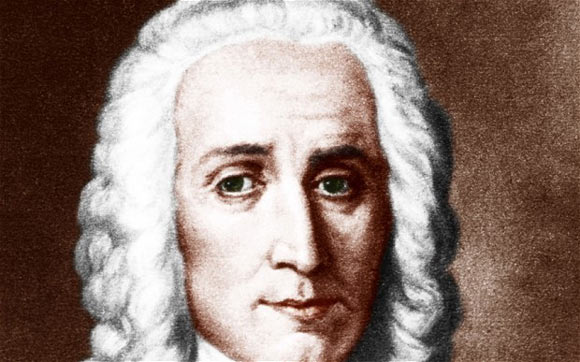Introduction:
Domenico Scarlatti, an Italian composer of the Baroque era, is widely celebrated for his remarkable contributions to the world of music. Renowned for his sonatas, Scarlatti’s works demonstrate exquisite craftsmanship, inventive melodies, and captivating harmonies. In this blog post, we embark on a journey through his vast repertoire to explore and celebrate the 10 best compositions by this musical genius.
- Sonata in D minor, K. 9 (Pastorale): This delightful sonata showcases Scarlatti’s ability to weave intricate melodies with effortless grace. The “Pastorale” transports listeners to a serene countryside setting, evoking images of pastoral beauty through its charming simplicity.
- Sonata in E major, K. 380 (Cortège): As Scarlatti’s most famous sonata, the “Cortège” is a true gem. Its vibrant and rhythmic energy captures the essence of a joyful procession, leaving listeners in awe of Scarlatti’s compositional prowess.
- Sonata in B minor, K. 87 (Cantabile): With its melancholic undertones, the “Cantabile” exhibits Scarlatti’s mastery of expressing deep emotions through music. The haunting melody and delicate harmonies make this sonata a profoundly moving experience.
- Sonata in A major, K. 208 (Tempo di ballo): In this lively composition, Scarlatti transports us to a lively dance floor. With its infectious rhythm and playful melodies, the “Tempo di ballo” showcases the composer’s ability to create joyous and vivacious music.
- Sonata in F minor, K. 466: A true testament to Scarlatti’s ability to evoke powerful emotions, this sonata is filled with passion and intensity. The dramatic and virtuosic nature of the piece keeps listeners captivated from the first note until the very end.
- Sonata in G major, K. 14 (Gigue): The “Gigue” displays Scarlatti’s ingenuity in creating intricate and intricate compositions. With its lively tempo and complex patterns, this sonata is a testament to Scarlatti’s command over technical brilliance.
- Sonata in C major, K. 159: This exuberant sonata is a celebration of Scarlatti’s exceptional melodic gifts. With its cheerful spirit and graceful melodies, the “C major” sonata offers an uplifting and delightful listening experience.
- Sonata in D major, K. 96 (La Chasse): In the “La Chasse” sonata, Scarlatti takes us on a thrilling hunt. With its spirited rhythm and evocative musical imagery, this composition showcases the composer’s ability to paint vivid scenes through his music.
- Sonata in G minor, K. 30 (Capriccio): A true testament to Scarlatti’s experimental spirit, the “Capriccio” surprises listeners with unexpected twists and turns. This sonata showcases his daring exploration of harmonic and melodic possibilities.
- Sonata in F major, K. 518: Closing our list is the majestic “F major” sonata. With its regal and grandiose nature, this composition highlights Scarlatti’s ability to create music that resonates with power and beauty.
Conclusion:
Domenico Scarlatti’s legacy as a composer continues to inspire generations of musicians and music enthusiasts. Through these ten masterpieces, we have explored the breadth and depth of his compositions, each displaying a unique facet of his genius. From pastoral serenity to fiery passion and intricate dance rhythms, Scarlatti’s music transcends time, captivating listeners with its beauty and emotional depth. Embrace the brilliance of this extraordinary composer and dive into the mesmerizing world of Domenico Scarlatti’s music.


Comments are closed